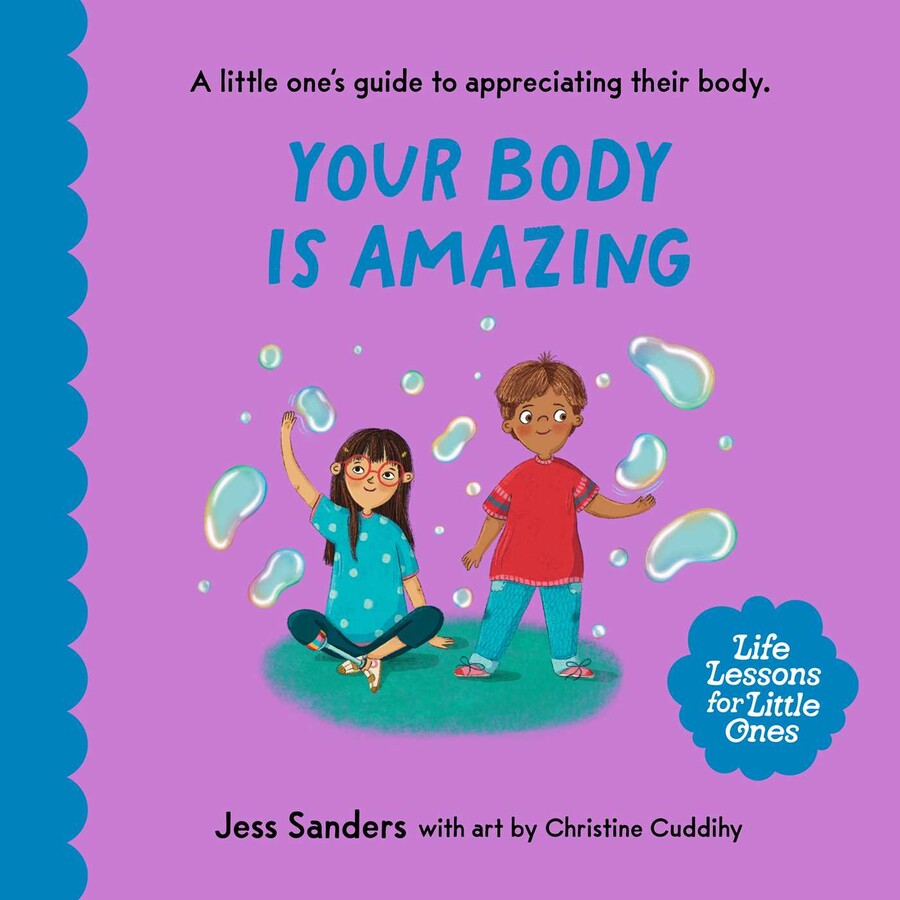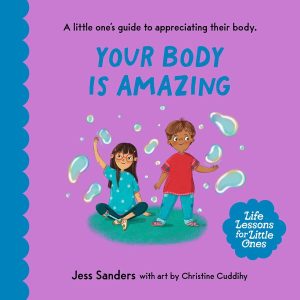




 Dear Reader, there is no such thing as a perfect body. Every body is different and every body has its own strengths. What makes your body amazing is not what it looks like, but what it allows you to do. It is my hope that you and your body get to experience all the wonderful things this world has to offer. Your friend, Jess.
Dear Reader, there is no such thing as a perfect body. Every body is different and every body has its own strengths. What makes your body amazing is not what it looks like, but what it allows you to do. It is my hope that you and your body get to experience all the wonderful things this world has to offer. Your friend, Jess. Error: Contact form not found.
